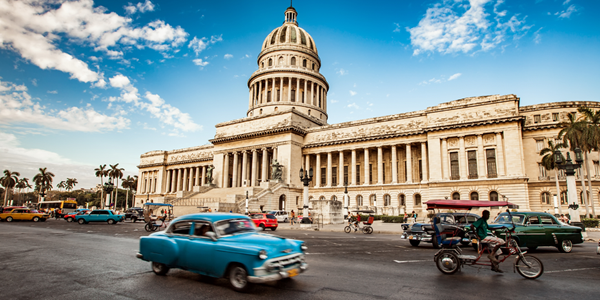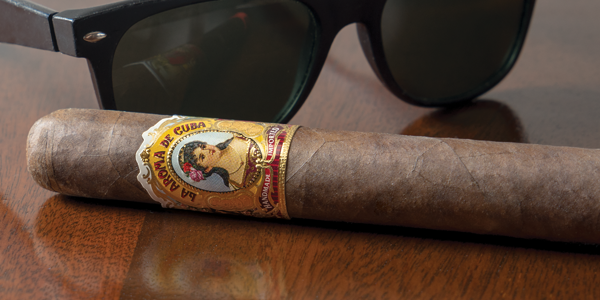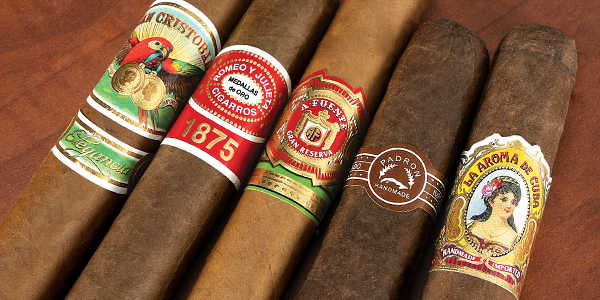Fun Cigar Facts & Statistics
As we all know, being a cigar lover has many rewards. We meet great people, attend great events and we get to enjoy great smokes. Cigar history is rich with many wonderful stories, but there are also some interesting cigar facts – cigar fun facts – that you might not have heard of. Did you know…?
- Sir Winston Churchill, the great British wartime prime minister, would not board a plane if he wasn’t allowed to smoke cigars on board. Once, during WWII, Churchill needed to travel at high-altitude and was confined in an unpressurized cabin. He would have to wear an oxygen mask and not be able to smoke. That was unacceptable to Churchill. He conferred with the appropriate experts and had a special oxygen mask made for him that had a hole through which a cigar could be smoked.
- The phrase “close, but no cigar” comes from the days in the mid-20th century when cigars were given as prizes for carnival games. Today, you just get a stuffed animal.
- Cigars make you a better writer. The legendary writer Mark Twain (real name Samuel Clemens) once wrote, “To cease smoking is the easiest thing. I ought to know. I've done it a thousand times.” Once, however, upon marrying his wife, Olivia, he promised her he would quit, and he did in 1870. He found he couldn’t write for nearly an entire year. He then resumed smoking his customary 22 cigars a day.
- The first cigar came not from Cuba, but likely from somewhere in Central America. Archaeologists place the date somewhere in the 10th century based on images found on a Mayan pot showing a man smoking a rudimentary cigar.
- Giving a different meaning to “close, but no cigar….” The CIA and Cuban exile groups spent 50 years trying to kill Fidel Castro. They tried poison pills hidden in cold-cream jars. They placed explosive mollusks painted in vivid colors in one of Castro’s favorite diving spots. The one that captures our attention, of course, was the idea of having a New York City cop give Castro exploding cigars during a visit to the United Nations in September of 1960. The idea, some say, was that when the cigar exploded, Castro would be shamed. Others reliably report the cigar had enough power to take Fidel’s head off. Never happened. Another idea, in 1960, was to contaminate a box of Fidel’s favorite cigars with poison, but the cigars never reached Castro. By one count, Castro survived more than 600 attempts on his life.
- During the administration of President Bill Clinton, the first lady imposed a smoking ban in the White House. President Clinton reportedly violated the ban only once. It was in 1995 when US Air Force fighter pilot Scott Francis O’Grady, who had been shot down over Bosnia-Herzegovina during the Yugoslav wars, was rescued a week later by US Marines. The celebratory cigar was, reportedly, a Cuban Romeo y Julieta Churchill.
- In the field, cigar tobacco plants need about eight hours a day of sunlight. Every day.
- Tobacco seeds are tiny. A thimble can hold more than 1,000. Just one flower can hold around 3,000 seeds.
- A cigar’s flavor comes largely from the tobacco being fermented. In some cases, tobacco is fermented three times prior to being rolled into a cigar.
- The word stogie comes from the town of Conestoga, Pennsylvania. Tobacco was grown in the area, Lancaster County, and Conestoga wagons were also made there. The Conestoga wagon transported families west in the 1800s. The leaders of the wagon trains would often smoke long, homegrown cigars using fairly rustic leaves that gave off a very strong smell. The cigars became known as stogies.
Let us know if you find some other interesting cigar facts out there. We’d love to share them!







